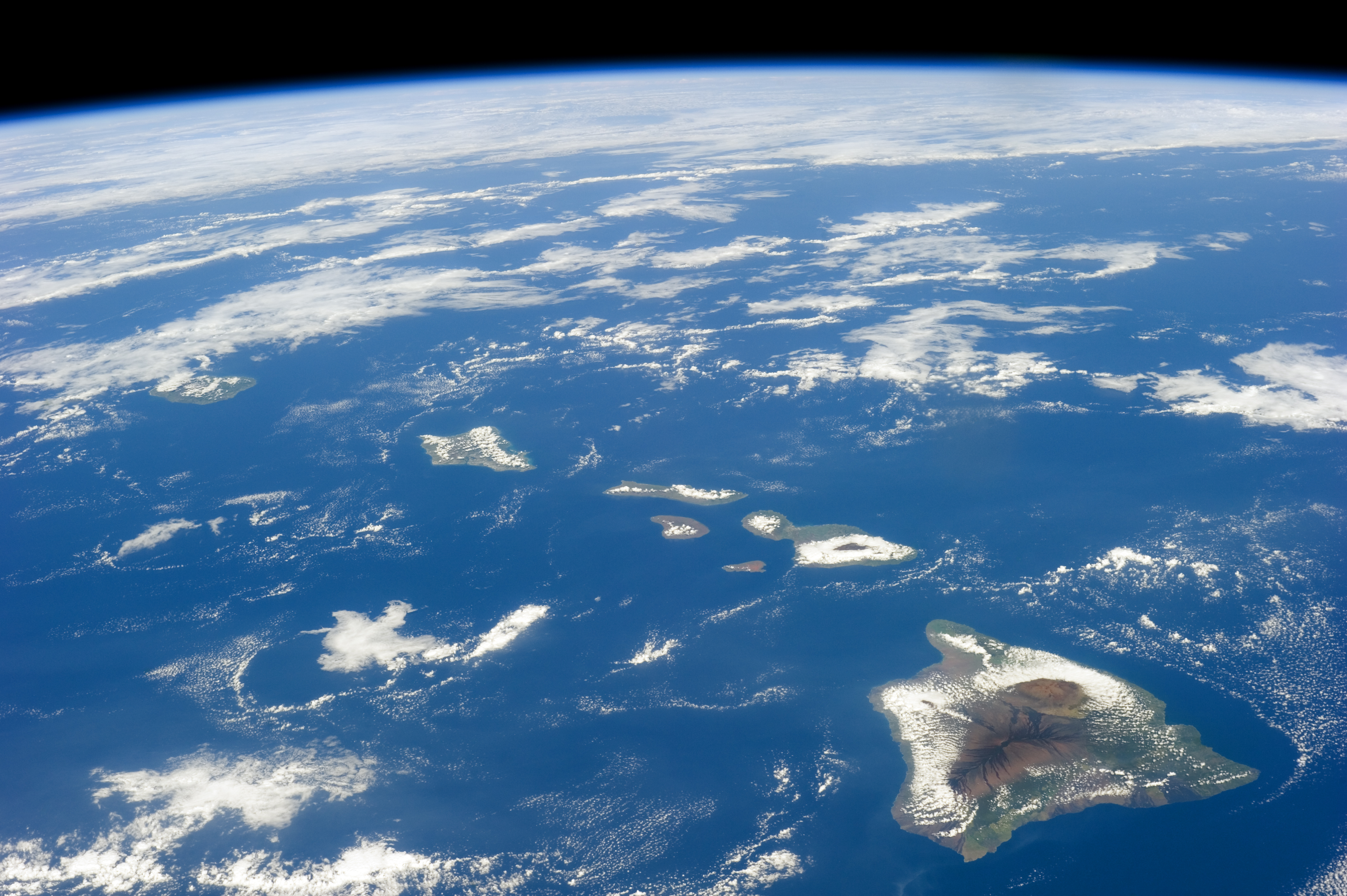|
Wikstroemia Monticola
''Wikstroemia monticola'', the montane false ohelo, is a small tree, of the family Thymelaeaceae. It is endemic to Hawaii Hawaii ( ; haw, Hawaii or ) is a state in the Western United States, located in the Pacific Ocean about from the U.S. mainland. It is the only U.S. state outside North America, the only state that is an archipelago, and the only ..., specifically Maui. Description The shrub grows up to 3.0 m tall. Its branches are membranous. Its flowers are greenish yellow and its leaves are dark green and gray. References monticola {{Thymelaeaceae-stub ... [...More Info...] [...Related Items...] OR: [Wikipedia] [Google] [Baidu] |
Thymelaeaceae
The Thymelaeaceae are a cosmopolitan family of flowering plants composed of 50 genera (listed below) and 898 species.Zachary S. Rogers (2009 onwards)A World Checklist of Thymelaeaceae (version 1) Missouri Botanical Garden Website, St. Louis. It was established in 1789 by Antoine Laurent de Jussieu.Antoine Laurent de Jussieu ''Genera Plantarum'', page 76. Herrisant & Barrois, Paris. The Thymelaeaceae are mostly trees and shrubs, with a few vines and herbaceous plants. Description This is not intended as a full botanical description, but only as a few notes on some of the conspicuous or unusual traits of the family when ''Tepuianthus'' is excluded. The bark is usually shiny and fibrous. Attempts to break the stem often result in a strip of bark peeling down the side.Ernst Schmidt, Mervyn Lotter and Warren McCleland The number of stamens is usually once or twice the number of calyx lobes. If twice, then they often occur in two well separated series. Exceptions include ''Gonystyl ... [...More Info...] [...Related Items...] OR: [Wikipedia] [Google] [Baidu] |
Hawaii
Hawaii ( ; haw, Hawaii or ) is a state in the Western United States, located in the Pacific Ocean about from the U.S. mainland. It is the only U.S. state outside North America, the only state that is an archipelago, and the only state geographically located within the tropics. Hawaii comprises nearly the entire Hawaiian archipelago, 137 volcanic islands spanning that are physiographically and ethnologically part of the Polynesian subregion of Oceania. The state's ocean coastline is consequently the fourth-longest in the U.S., at about . The eight main islands, from northwest to southeast, are Niihau, Kauai, Oahu, Molokai, Lānai, Kahoolawe, Maui, and Hawaii—the last of these, after which the state is named, is often called the "Big Island" or "Hawaii Island" to avoid confusion with the state or archipelago. The uninhabited Northwestern Hawaiian Islands make up most of the Papahānaumokuākea Marine National Monument, the United States' largest prot ... [...More Info...] [...Related Items...] OR: [Wikipedia] [Google] [Baidu] |
Maui
The island of Maui (; Hawaiian: ) is the second-largest of the islands of the state of Hawaii at 727.2 square miles (1,883 km2) and is the 17th largest island in the United States. Maui is the largest of Maui County's four islands, which also includes Molokai, Lānai, and unpopulated Kahoolawe. In 2020, Maui had a population of 168,307, the third-highest of the Hawaiian Islands, behind that of Oahu and Hawaii Island. Kahului is the largest census-designated place (CDP) on the island with a population of 26,337 , and is the commercial and financial hub of the island. Wailuku is the seat of Maui County and is the third-largest CDP . Other significant places include Kīhei (including Wailea and Makena in the Kihei Town CDP, the island's second-most-populated CDP), Lāhainā (including Kāanapali and Kapalua in the Lāhainā Town CDP), Makawao, Pukalani, Pāia, Kula, Haikū, and Hāna. Etymology Native Hawaiian tradition gives the origin of the island's na ... [...More Info...] [...Related Items...] OR: [Wikipedia] [Google] [Baidu] |
_close-up_(11421758284).jpg)

